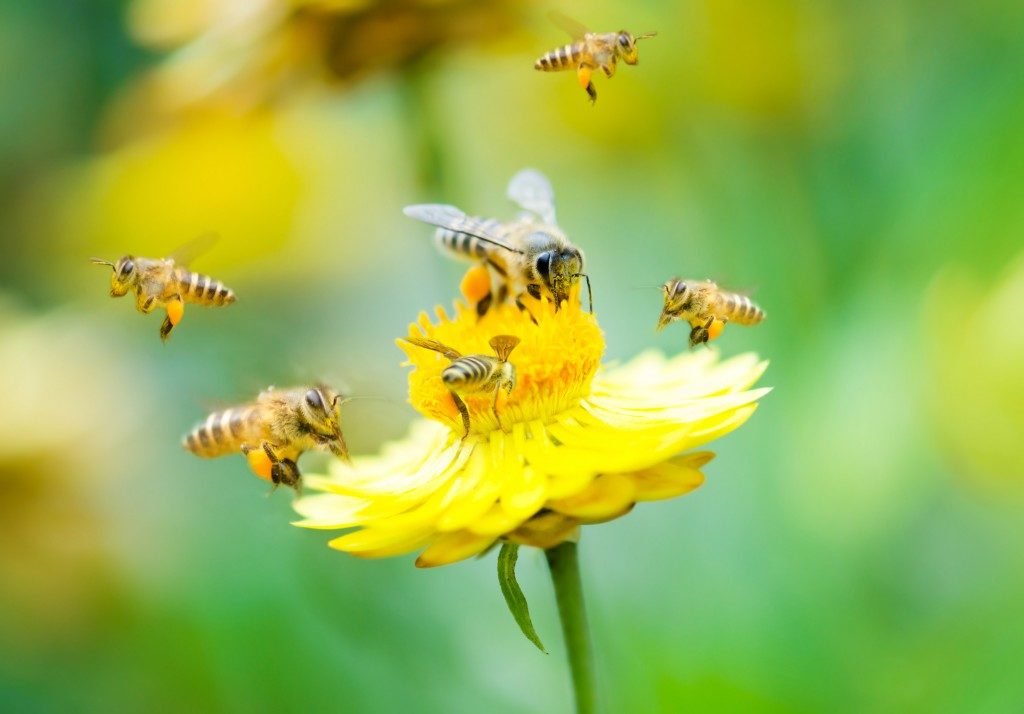Having a garden of any kind works wonders for your home and well-being. It brings the beauty of nature into your living space. Also, growing a garden enables you to exercise and reduce your stress and anxiety levels.
Many people grow plants in their gardens for aesthetic value, and no doubt, seeing beautiful flowers and foliage change throughout the seasons adds joy to your life year-round. Others prefer to cultivate crops and reap what they sow at harvest time, putting more food on the table.
A special kind of garden is the one that gives back. Pollinator gardens, as they are often called, are created to foster the health and interactions of individual plants and pollinator species, such as hummingbirds and honeybees. This is a great way to give back to the local ecosystem. If you’re interested in creating a pollinator garden, here are some pointers:
Plant selection
Aside from birds and bees, other species can spread pollen across the landscape. Often, both sides have evolved specific plant-pollinator preferences. Choosing a variety of plants will increase your garden’s attractiveness to its guests, the pollinators. Insects and birds select for several factors; having a diversity of flower attributes will cater to a broader range of pollinators than the typical house garden, which offers only a few cultivars.
When in doubt, you can always consult local garden centers to know more about the pollinator preferences in your area, as well as which plants are best suited to the Minnesota climate.
Garden plan

When you create a garden with the needs of birds and insects as your priority, the result can be quite different from the rest of your neighborhood. For starters, you’ll want to plant in clusters rather than uniform rows. Pollinators will stick to certain types of flowers depending on preference, and growing these together in clumps makes their job easier.
It also pays to let your garden grow a little wild. Native grasses like blue grama and prairie dropseed are beneficial to the soil and provide food and shelter to pollinators in the larval stage. Leaving a part of your lawn unmowed, with fallen leaves and twigs, creates a home for many insects.
You should also plan for seasonal succession. Your first batch of perennials might not be ready yet, so a selection of annuals should ensure that a part of your garden is always in bloom. This helps maximize pollinator activity and provide them with nectar for an extended period.
Provide shelter
Apart from deliberately keeping your garden a bit messy, you can make it more attractive to pollinators with structures such as nests for native bees. Having food and shelter in the same place is essential to attracting pollinators with a short range. You can create houses from boxes or blocks or even brush piles.
If the local climate tends to be rainy or has a prevailing cold wind, a hedge of native plants can be more effective than fences at keeping your garden sheltered and creating a warmer micro-habitat.
Try growing a pollinator garden, and you can find the fulfillment of giving back to the environment.

